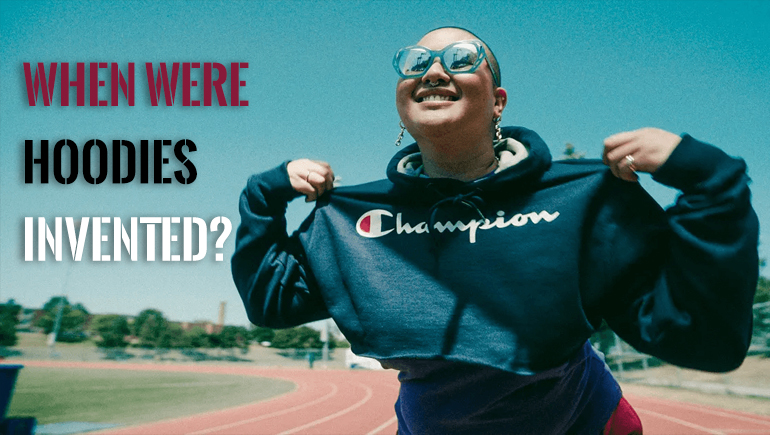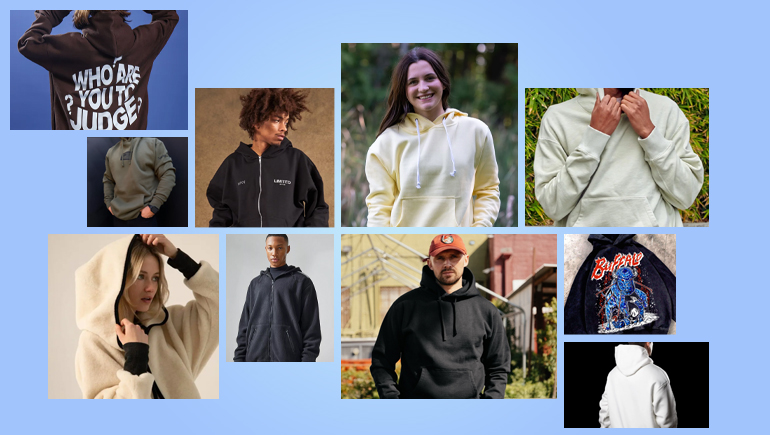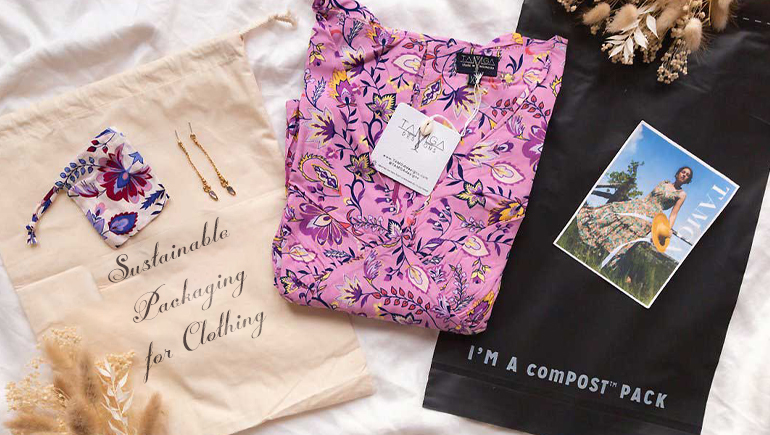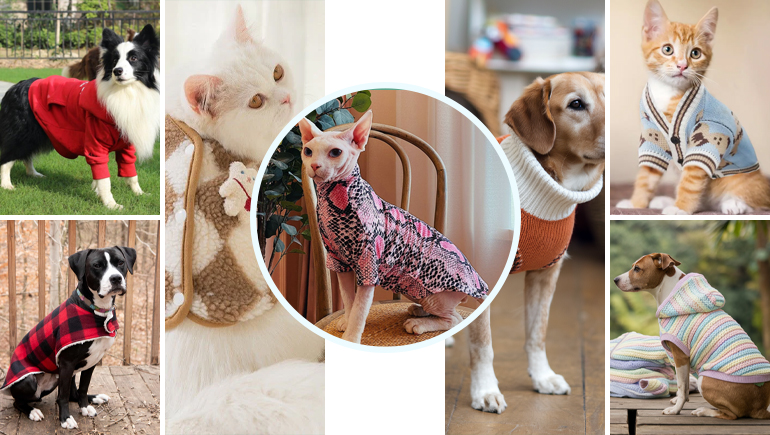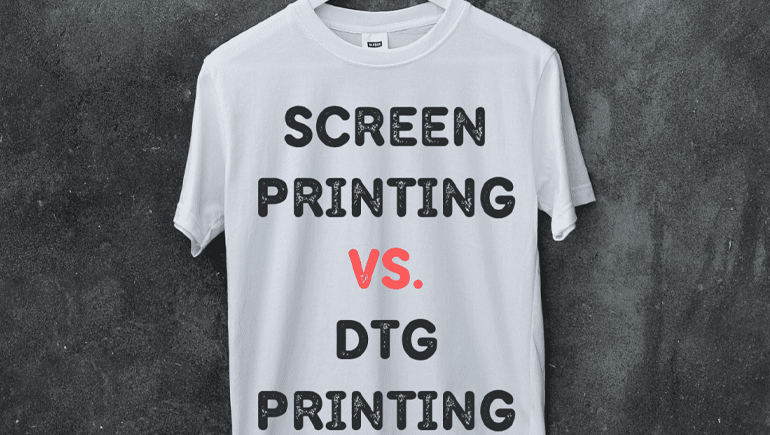
You have a design ready for printing on a t-shirt. But should you go with DTG (direct-to-garment) printing or screen printing? Choosing between DTG and screen printing is a big decision for any apparel brand. It can make or break your custom t-shirt line.
Get it wrong and you are left with faded prints, blown budgets, unhappy customers, and wasted inventory. This isn't just about fabric prints. It's about your brand's reputation.
DTG printing is good for:
Screen printing excels with:
This ultimate 2025 guide gives you unbiased facts: DTG printing vs screen printing. The facts are based on:
With this information, you can confidently choose the right printing method that will make your apparel display stand out.
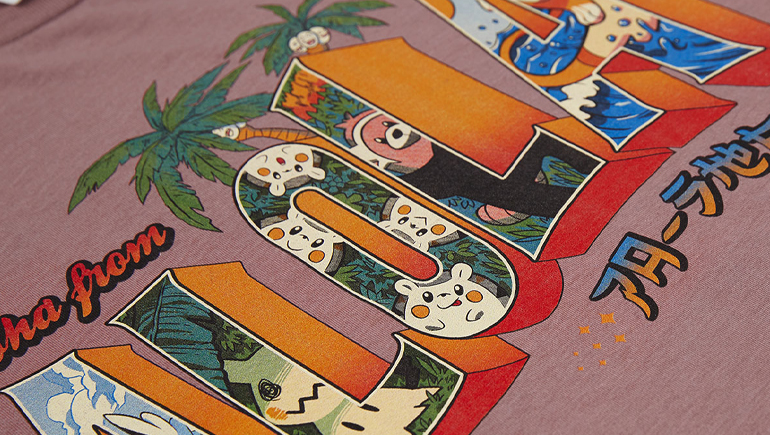
DTG printing is a technique of applying digital designs using a direct-to-garment printer, like an inkjet printer for clothes to spray water-based inks directly onto fabrics. This method enables high-quality and full-color prints with fine details and a soft feel on cotton fabrics.
The design is sent digitally to a direct-to-garment printer. The printer pre-treats the garment (for better ink absorption). The printhead carefully sprays ink onto the fabric to capture every detail. The garment is heat-pressed to cure the ink.
Pro Tip: Always pre-treat dark garments for vibrant fabric prints
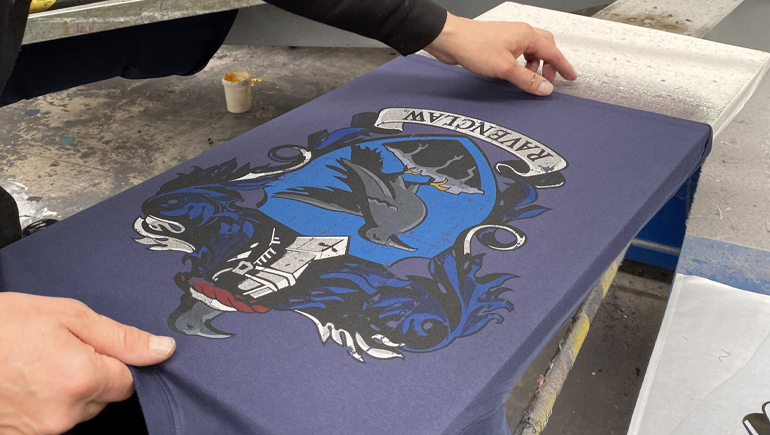
Screen printing (also known as silk screening) is a centuries-old technique that uses woven mesh stencils (screens) to layer ink onto a garment. Each color in a design requires a separate screen. Silk-screened t-shirts are just examples for understanding.
A separate screen is created for each color in your design. Ink is pressed through each screen onto the garment, one color at a time. The garment is cured with heat to set the ink.
Pro Tip: Use plastisol ink for bold, long-lasting apparel screen printing.
Ideal Use Case: Ordering 100 silkscreened t-shirts for your company's 5k run with a simple, one-color screen-printed logo.
Read Also: 12 Most Popular T-Shirt Types for Women to Try in 2025
Here is a glance at how these methods stack up.
| Features | DTG Printing |
Screen Printing |
| Design Complexity | High and unlimited colors | Simple and limited colors |
| Color Vibrancy | Good and can feel soft | Excellent and opaque |
| Durability | 50+ washes | Garment’s lifetime |
| Feel | Soft and breathable | Thicker and tactile |
| Eco-Friendliness | Water-based inks and less waste | More ink/water waste |
| Set up cost | Lower | High |
| Best for | Small orders and detailed designs | Bulk orders and simple logos |
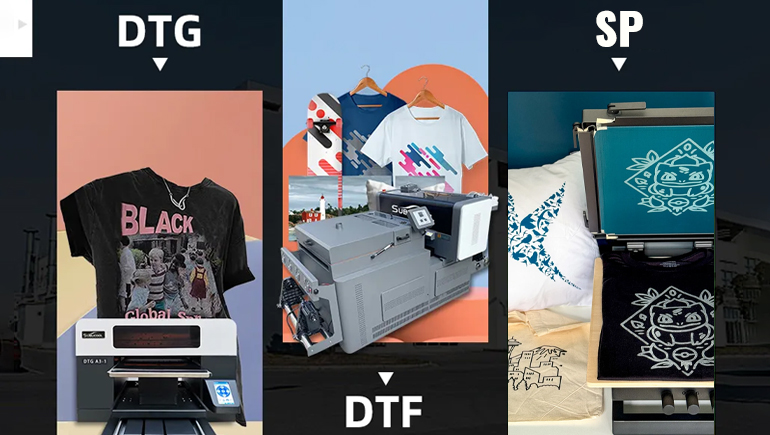
You would have also heard about DTF (Direct-to-Film). This is a hybrid method where a design is printed onto a film and then heat-pressed onto a garment. An excellent choice for vibrant prints on dark fabrics and has low minimums, making it a strong rival to both DTG and low-minimum screen printing.
Stop thinking about which is "best" and start thinking about which is right for your needs.
There is no winner in the debate between DTG and screen printing. The champion is the method that aligns with your needs, from budget to order size.
Now that you are armed with the facts, you can approach any t-shirt screen press or print-to-garment printer service with confidence. Choose the right tool, and transform your designs into incredible clothes with prints that your customers will love.
Ready to print? Not sure which method to use? We at VEL Clothing will help you choose or combine both for the best results. Email us at sales@velclothing.com for a free hybrid printing consultation!
